3 Views
Despite Profits, OEMs Still Squeezing Suppliers
by
Edward Niedermeyer
(IC: employee)
Published: December 6th, 2010
Share
One of the major losers in the recent “Carpocalypse” was the supplier sector, which lost hundreds of business to bankruptcy as OEMs clamped down on costs and the government refused to stop the bleeding with an effective bailout. Relationships have re-stabilized over recent months,as both the surviving suppliers and OEMs have swung back to the black, but profits aren’t enough to stop the oldest management profit-inflating move in the book: putting the screws on suppliers. Since the US market doesn’t appear on-track to regain its old 16m annual sales level, suppliers and OEMs can’t simply grow together.
According to several Automotive News [sub] sources, the supplier wars are on their way back:
“A lot of the fundamentals are coming back, and it forces those folks that are watching the dollars and cents to take a longer look at pricing. Purchasing groups are going to come back into the fray and start looking at long-term (purchasing) agreements again.”“As volumes improve and the level of new business awards are ramping up and supplier health is more robust, customers (manufacturers) will naturally return to a more aggressive stance on product price-down, and we see this happening now with our customers.”“You’re going to continually see increased pressure on every program to get the best absolute cost structure in place to make it profitable for both parties,” he said. “OEMs want to get back to investment-grade ratings, and lowering the cost or optimizing the cost is best for both sides instead of artificially pushing prices that will swing margins back to the crisis period of 2009.”Meanwhile, the economy is recovering enough to drive up prices for commodities just as OEMs start crunching on prices, a sure-fire recipe for more supplier bankruptcies. The only silver lining: any supplier company that survived the bloodletting of 2008-09 knows that it has to fight hard to stay in business, and keep its margins healthy. And with overproduction under better control, there may be room on the margins for maneuvering. Still, anytime the OEMs look towards suppliers as a way to improve the bottom line, you know things are going to get ugly.Edward Niedermeyer
More by Edward Niedermeyer
Published December 6th, 2010 3:56 PM
Latest Car Reviews
Read moreLatest Product Reviews
Read moreRecent Comments
- Mgh57 I had to read the article because I had had no idea what the headline meant. I've never seen this in the Northeast. Don't understand the point. Doesn't seen efficient aerodynamically
- MaintenanceCosts Depends on the record of the company developing them. If it’s got a record of prioritizing safety over years of development, I’ll be fine with it, and I’ll expect it to be less risky than typical idiot human drivers. If it’s a “move fast and break sh!t” outfit like Tesla or Uber, no way.
- Kwik_Shift_Pro4X No thanks. You'll never convince me that anybody needs this.
- Kwik_Shift_Pro4X I'd rather do the driving.
- SCE to AUX EVs are a financial gamble for any mfr, but half-hearted commitment will guarantee losses.BTW, if there were actual, imminent government EV mandates, no mfr could make a statement about "listening to their customers".



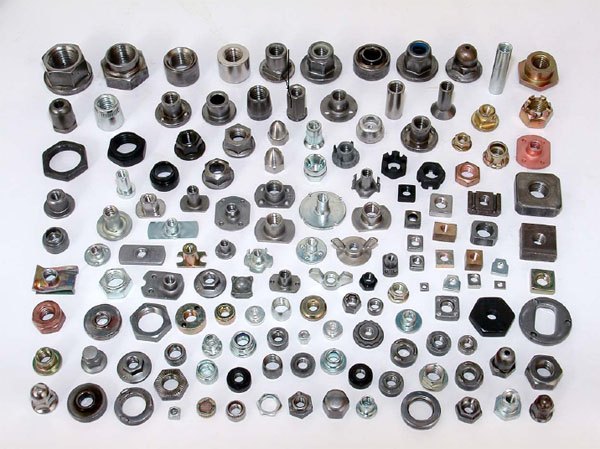

















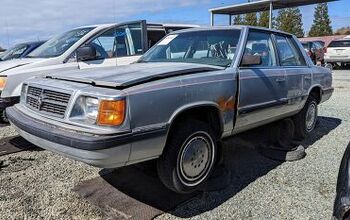

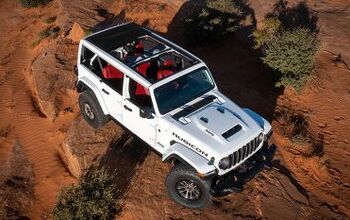
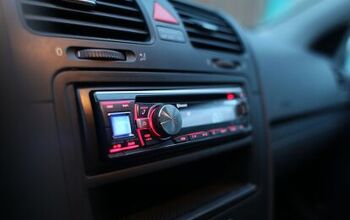
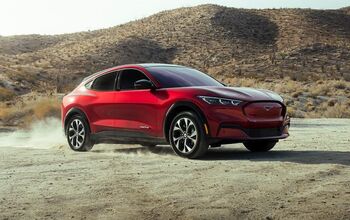

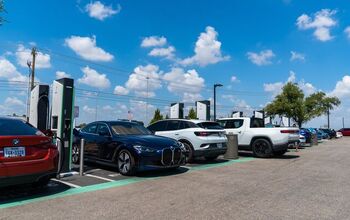
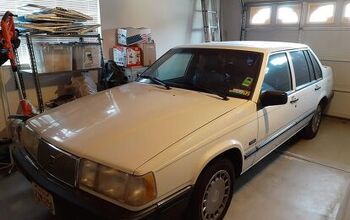
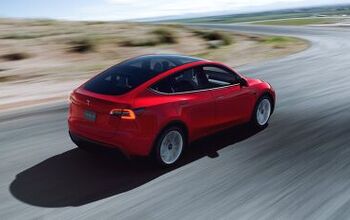
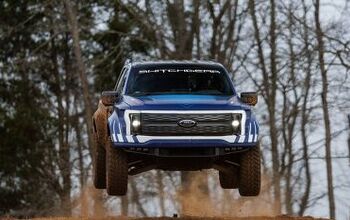

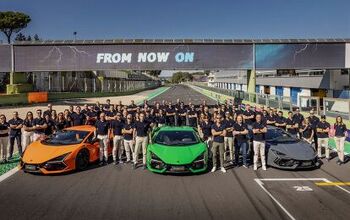

Comments
Join the conversation
The difference between the American manufacturing model and the Japanese manufacturing model is a fundamental one. The American engineer is taught to think in these terms: "How can I make a component with the same functionality but make it more cheaply?" The Japanese engineer is taught to think: "How can I make a component with the better functionality but not make it more expensive?" Neither engineer ever succeeds completely. The American component gradually decreases in quality. The Japanese component gradually increases in price. However, the Japanese can put a lower cost model below the unit with the increased cost - Think of the history of Honda: Accord as small car, Civic as small car, Fit as small car. The Americans end up with the diminished quality working its way upward through the product line - think Cadillac. Unfortunately, we have taught the Chinese the American model and that is therefore our future as consumers.
Yep, good ol' GM - leaders in the race to the bottom. Another wasted IPO,,,